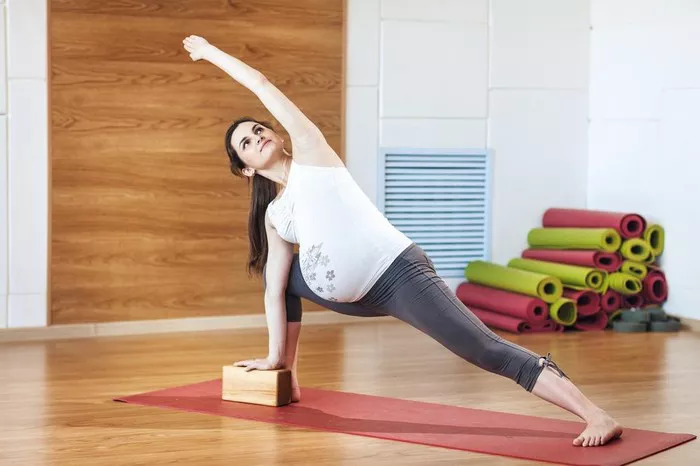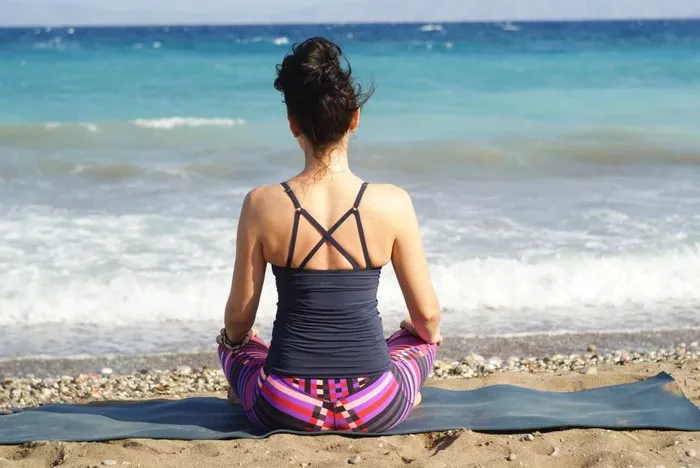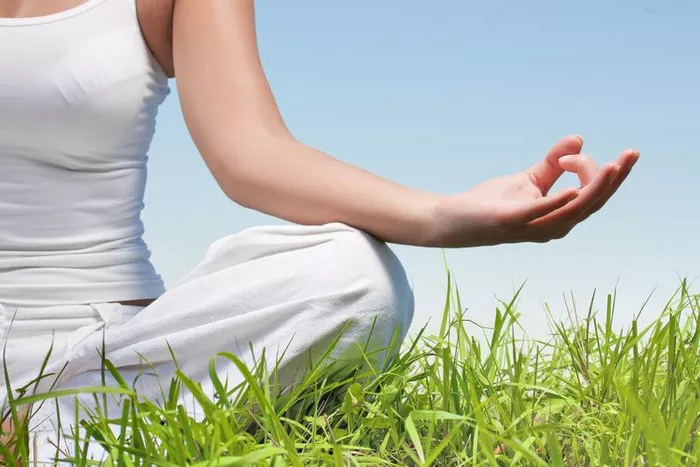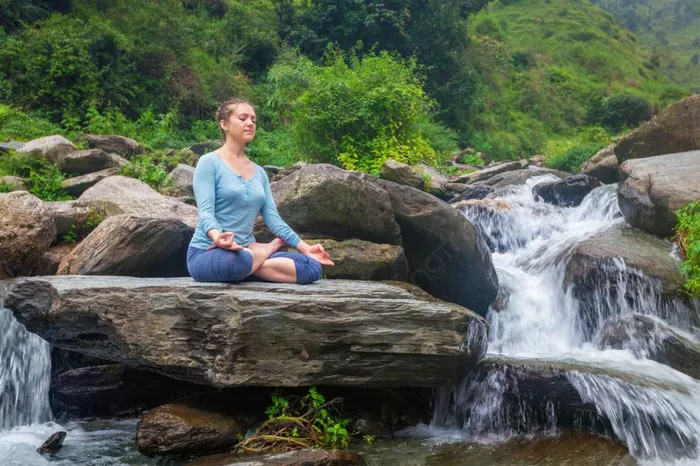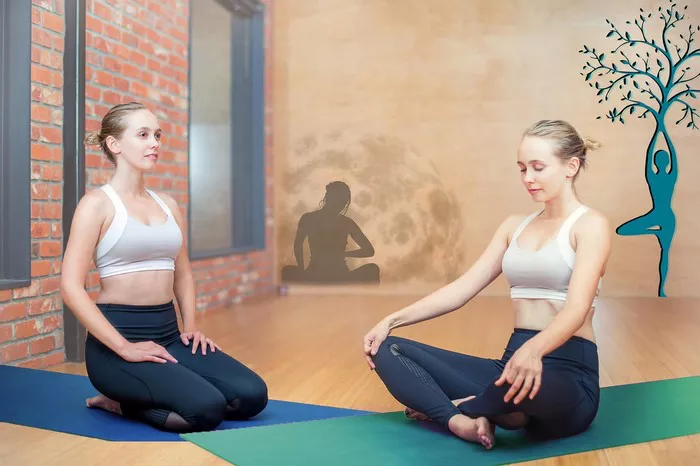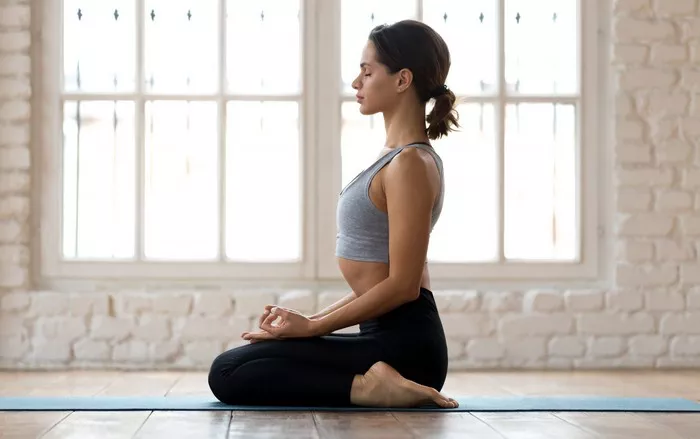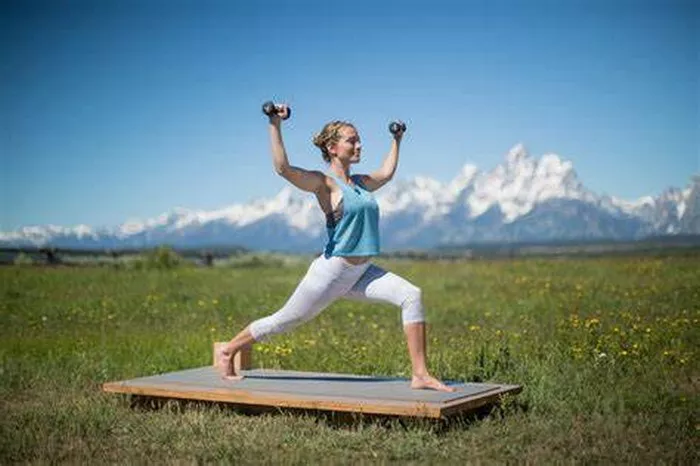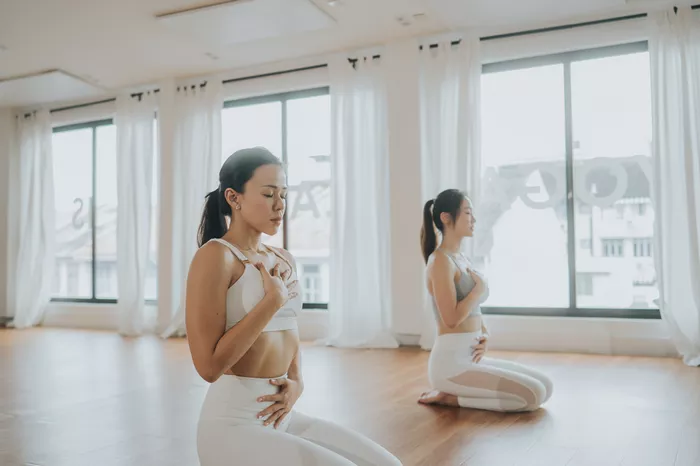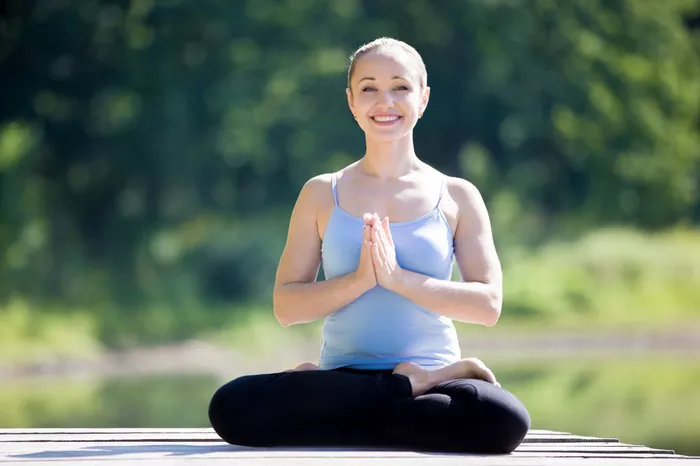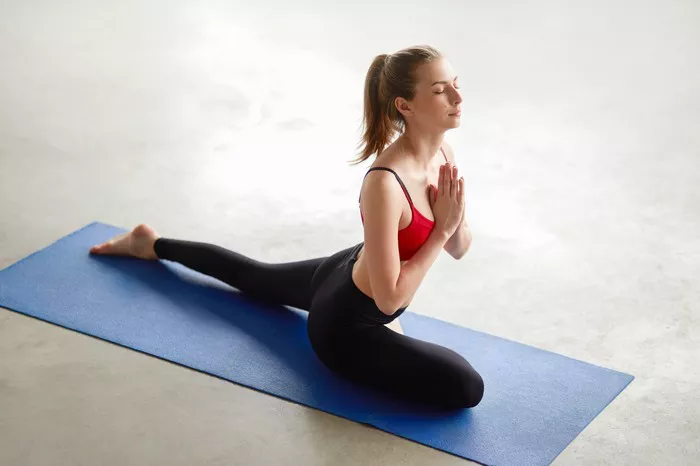Matsyasana, or the Fish Pose, is one of the classic asanas in the practice of yoga. Revered for its ability to open the chest, stretch the spine, and improve overall flexibility, Matsyasana is a pose that promotes health and vitality. Like all yoga asanas, however, it is not suitable for everyone. While this posture offers a wide array of benefits, it also carries certain risks and should be approached with caution by some individuals. Understanding who should avoid Matsyasana is important for ensuring safety and reaping the maximum benefits from yoga practice.
What Is Matsyasana?
Matsyasana is often referred to as the “Fish Pose” due to the shape your body resembles when performing it. In this posture, the practitioner lies on their back, arches their chest upwards, and allows the head and neck to gently touch the ground. The arms typically rest under the back to support the lift, and the legs can be either crossed or extended straight. This pose is a backward bend, which helps to stretch the front of the body, open the chest, and improve spinal flexibility.
The asana is known for its many benefits:
Improved posture: By stretching the chest and spine, it counteracts the effects of slouching and poor posture.
Increased flexibility: Matsyasana stretches the neck, chest, and abdomen, improving flexibility in these areas.
Stimulation of the respiratory system: The chest expansion in Matsyasana can deepen the breath and improve lung capacity.
Relieves tension: The pose helps to release tension in the shoulders, neck, and back, promoting relaxation.
Despite its many benefits, Matsyasana is not appropriate for everyone, and certain individuals should avoid it or practice it with modifications.
Who Should Avoid Matsyasana?
While the pose can be highly beneficial, some individuals may face risks due to pre-existing health conditions or limitations in flexibility and strength. Here are the main groups of people who should avoid Matsyasana:
1. Individuals with Neck or Spinal Injuries
Since Matsyasana requires an arching of the spine and a tilt of the neck, it is not suitable for individuals with existing neck or spinal injuries. This includes:
Herniated discs: For individuals with a herniated disc, the compression or extension involved in the pose could exacerbate the condition, potentially causing further injury to the spine.
Cervical issues: Those with cervical spine problems, such as arthritis or stenosis, may experience discomfort or increased pain when tilting the head backward in the pose.
Spinal fractures: Any kind of spinal fracture or recent spinal surgery makes it crucial to avoid deep backbends. Applying weight and tension in the spine during Matsyasana can worsen the injury.
In these cases, it is advisable to avoid this asana entirely or to consult a healthcare provider before attempting it. For individuals with neck pain or injury, there are alternative chest-opening poses that can be done more gently, such as Supta Baddha Konasana (Reclining Bound Angle Pose) or Supported Bridge Pose.
2. People with High Blood Pressure or Heart Conditions
For individuals with high blood pressure (hypertension) or cardiovascular conditions, deep backbends such as Matsyasana may be risky. The pose involves an inversion of sorts, where the head moves toward the floor and the chest opens upward. This can potentially cause a temporary increase in blood pressure, which could be dangerous for those with cardiovascular conditions.
Hypertension: Performing backbends such as Matsyasana can cause a temporary spike in blood pressure. For individuals with high blood pressure, this is something to avoid as it could strain the heart and the circulatory system.
Heart conditions: For people with heart disease or any condition that affects the heart’s function, overstretching and overexerting the body, especially in deep backbends, can be detrimental. The increased heart rate during this pose may cause discomfort or even more severe complications.
It is essential to consult with a healthcare professional if you have a history of hypertension or heart conditions before attempting Matsyasana. In such cases, more gentle chest-opening poses, such as cat-cow stretches (Marjaryasana-Bitilasana) or seated heart-opening poses, are better alternatives.
3. Pregnant Individuals
Pregnant women, especially those in their second and third trimesters, should avoid Matsyasana or perform it with significant caution. The deep arch of the back and the movement of the head may put unnecessary pressure on the abdomen, which is a sensitive area during pregnancy. Additionally, the pose can cause compression of the diaphragm, making breathing uncomfortable, and could even lead to dizziness or nausea.
In particular, during pregnancy, the body produces a hormone called relaxin, which loosens the joints and ligaments to accommodate for the growing baby. While this makes the body more flexible, it also increases the risk of overstretching and injury. Practicing any backbend, especially one that involves significant opening of the chest and the arching of the back, can lead to strain in the lower back, pelvic region, or other vulnerable areas.
If a pregnant person wishes to practice yoga during pregnancy, there are many other beneficial poses that help with relaxation and flexibility without putting undue strain on the body. Poses like Cat-Cow, supported Child’s Pose (Balasana), and gentle side stretches are safer alternatives.
4. People with Glaucoma or Eye Conditions
Matsyasana involves a backward bend of the head and neck, which can increase pressure within the eyes. This is of particular concern for individuals with glaucoma, a condition that involves increased intraocular pressure. Those with any eye conditions that affect the optic nerve, such as retinal issues or certain forms of eye surgery, should avoid poses that could raise eye pressure, including Matsyasana.
Similarly, anyone recovering from eye surgery should steer clear of poses that put pressure on the head and neck, as the increased flow of blood to the head can interfere with recovery and healing.
For individuals with eye conditions, practicing gentle poses like Seated Forward Bend (Paschimottanasana) or supported Supta Baddha Konasana may provide the benefits of chest expansion without straining the eyes.
5. People with Severe Asthma or Respiratory Conditions
While Matsyasana can enhance lung capacity and stimulate the respiratory system for many people, those with severe asthma or other chronic respiratory conditions may find that deep chest stretches aggravate their symptoms. The increased pressure in the chest and the arching of the back may cause difficulty breathing or trigger an asthma attack.
In these cases, it’s better to avoid the pose, particularly in its fullest expression. Modified poses that gently open the chest while allowing the breath to flow freely, such as supported Fish Pose (using props), or gentle forward bends, might be better alternatives.
6. Individuals with Hip or Knee Problems
The position of the legs in Matsyasana can put strain on the hips and knees, especially for individuals with existing joint issues. The legs in Matsyasana can either be extended straight or crossed, and the pose requires a certain amount of flexibility and strength in the lower body to perform correctly.
Knee injuries: The positioning of the legs may be uncomfortable or potentially harmful for individuals with knee problems. If the knee is in an unstable condition, the weight distribution in the pose could worsen the injury.
Hip problems: Similarly, deep backbends can cause discomfort for those with hip joint problems, particularly if there is limited flexibility in the hips.
If you have knee or hip issues, modifications such as using props to support the back and legs or choosing poses that involve less strain on the knees and hips may be more appropriate.
Conclusion
Matsyasana is a beneficial yoga pose with a wide range of health benefits, from improving posture to enhancing lung capacity. However, it is not suitable for everyone. Individuals with neck or spinal injuries, heart conditions, high blood pressure, eye issues, respiratory conditions, or joint problems should approach this pose with caution or avoid it altogether.
As with any yoga practice, listening to your body and consulting with a healthcare professional or a certified yoga instructor can help ensure safety while practicing. It’s important to modify poses and use props as needed to ensure the practice remains safe and effective for all individuals, regardless of their physical limitations. Always prioritize safety and consult a professional before attempting advanced asanas, especially if you have any underlying health concerns.
Related Topics:

